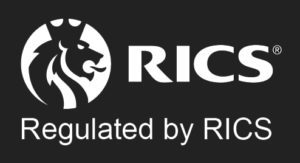THE EVOLUTION OF THE OFFICE SECTOR

The ‘Office’ has featured heavily in the press over the past 18 months and indeed in everyday conversation, as working from home became a necessity for most office-based employees. Countless articles and blogs have been published with sensationalised headlines such as “What will the office market look like after the great remote working experiment?” to “Productivity of remote workers could determine the fate of the office market”.
Our view is that the office will now assume a wider function with a more consolidated, improved, and focussed environment to manage the challenges of hybrid working and employee engagement going forward.
Over the last 6 years, Irish office developments have evolved considerably with numerous exceptional schemes being delivered. These buildings have attracted leading global firms to Dublin in particular and the expansion of many more as they continue to increase their presence and EMEA HQs. Due to the new standards set by these firms, occupier expectation has increased which has resulted in developers placing more emphasis on emulating what the tech sector has traditionally offered to their employees: amenity, a perk, a perceived life work balance. They have achieved this through the accumulation of amenity-based facilities such as: high end shower and bicycle facilities, concierge services, tenant events, better reception areas, coffee docks and townhall spaces. This together with improved building standards and environmental and sustainability credentials coming more to the fore has given rise to the creation of world class and award-winning office buildings in Ireland.
However, the office sector is about to enter a new phase. Traditionally offices required a centralised location which has been challenged by technology. Prime offices were traditionally clustered around transport infrastructure in a central business district where multiple advantages of proximity to transport, telecommunication infrastructure and labour combined to attract a premium from occupiers, but technology is challenging the need for multiple office functions to take place in a centralised location. This need must be replaced with desire. The user of the building now places more focus on it being a positive environment for their business and their teams.
Like the revolution that has taken place in the retail market where the ability to shop online challenged traditional assumptions on the functionality of real estate, investors in the office sector must adopt an experience focussed strategy. The nascent breakthroughs the sector has made recently to enhance user experience must be expanded upon, implemented at an early stage in the development process and maintained through a proactive management regime.
As real estate’s function evolves, how do we deliver a successful solution for this next phase in the evolution of the office? As mentioned previously User experience is key and this can be achieved through many innovations. These changes do not have to be seen as challenges but as opportunities to be proactive and differentiate a proposition from that of their competitors.
Through Bannon’s extensive property management portfolio and experience in working as design consultants on several large new schemes, our role in working with investors and developers on identifying and enhancing the user experience for office occupiers and their teams has come into sharp focus.
For the investor the asset cannot be just about place making or achieving optimal rental outcome. An investor must consider it as a longer-term play by exploring tenant optimisation i.e. perhaps leasing a portion of the scheme at lower rents to amenity-based occupiers to carefully coordinate a desired aspirational environment. Correct implementation of property and asset management functions is fundamental, they are key to ensuring the functionality for their occupiers from both a corporate and personnel perspective. Communication with occupiers is essential as creating positive experiences for users of the buildings will in turn lead to greater loyalty and enhanced values.
As we move closer to a return to the office in whatever form, recruitment and retention will continue to be the driving force in office acquisitions. Therefore, to adapt to a hybrid model, promote productivity and engage with the ‘new employee’, the office needs to evolve to reflect what people want to use every day. The era of passive office investment is over.
Lucy Connolly is a Divisional Director at Bannon. She has 15 years’ experience acting for a wide variety of private clients and companies in relation to commercial property, office acquisitions, sales and lettings. Contact Lucy by email on lconnolly@bannon.ie





